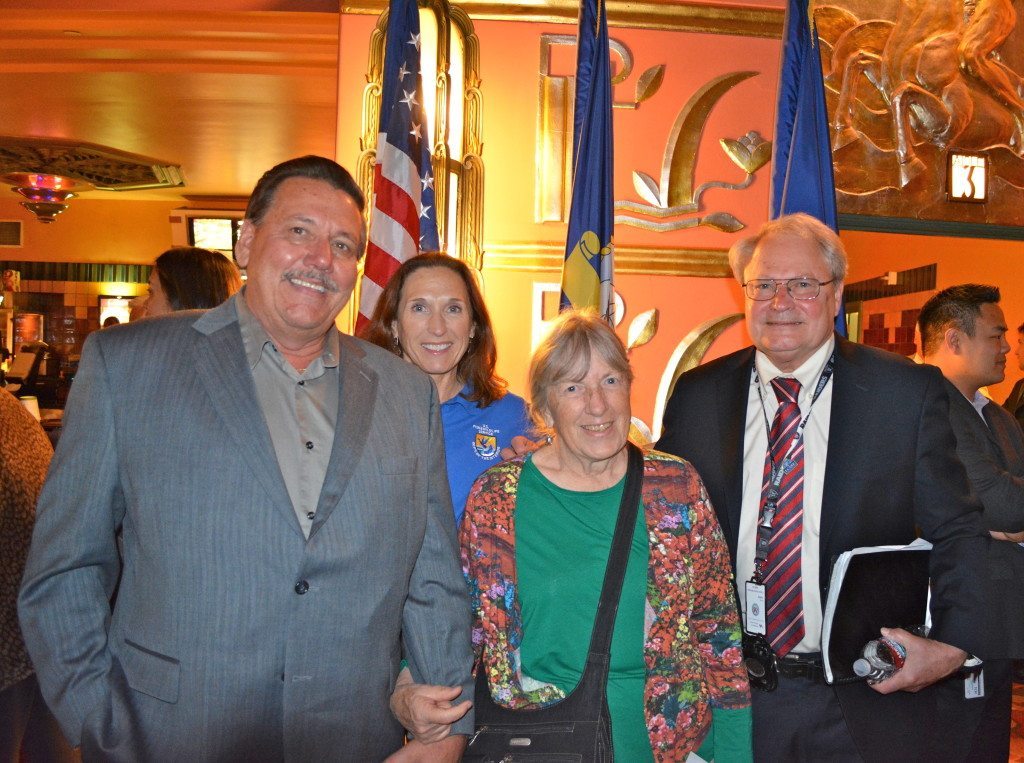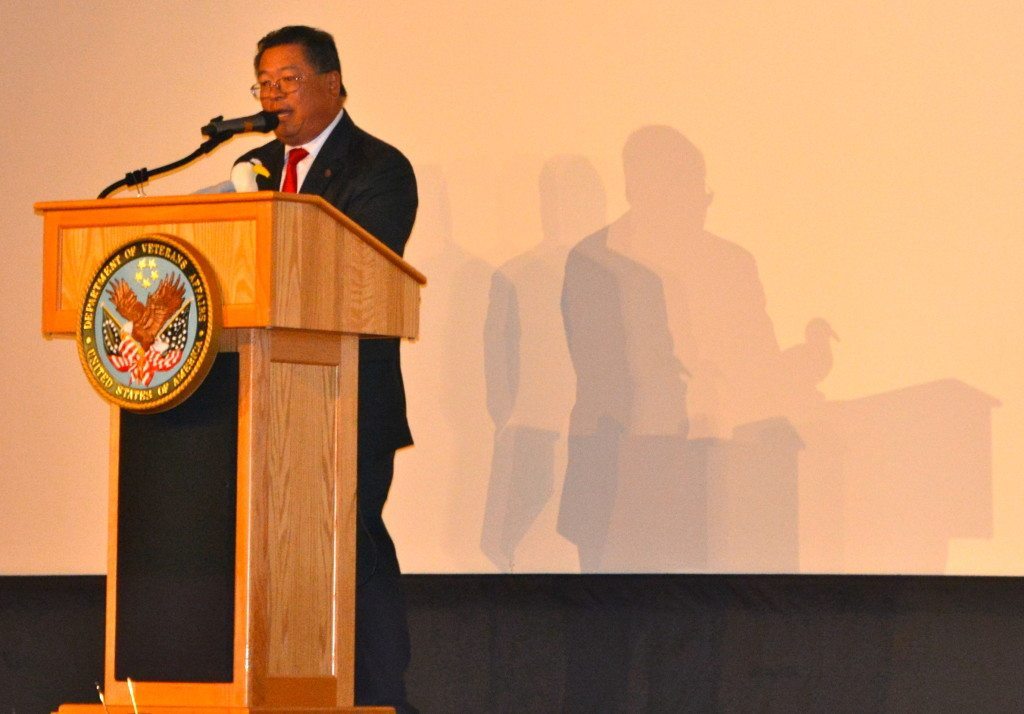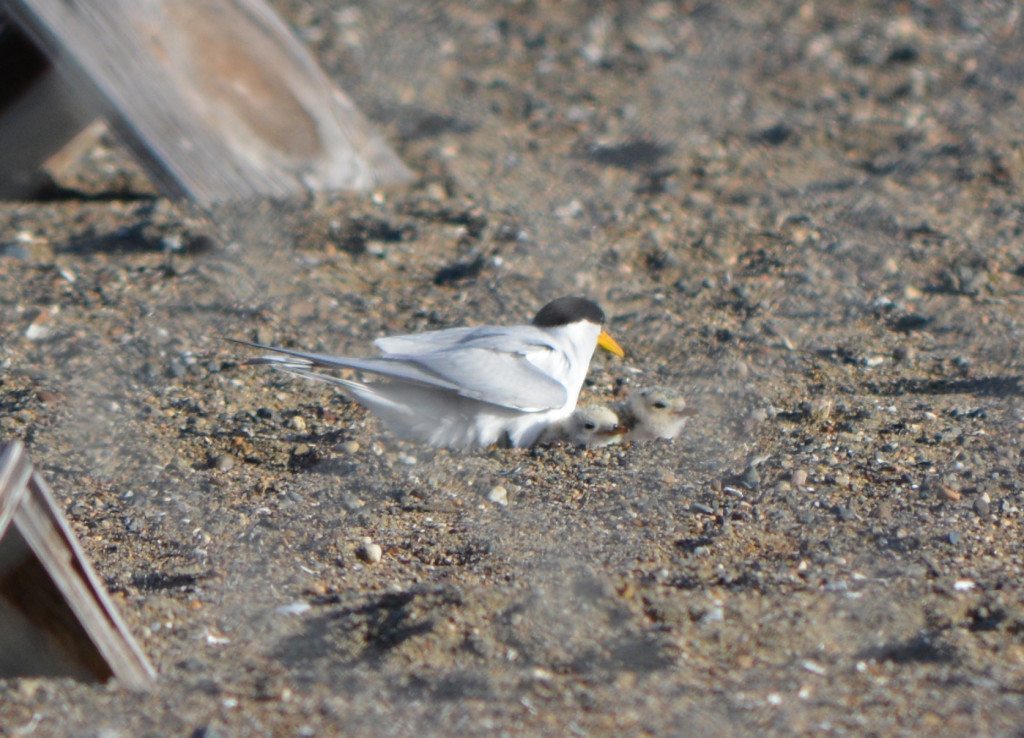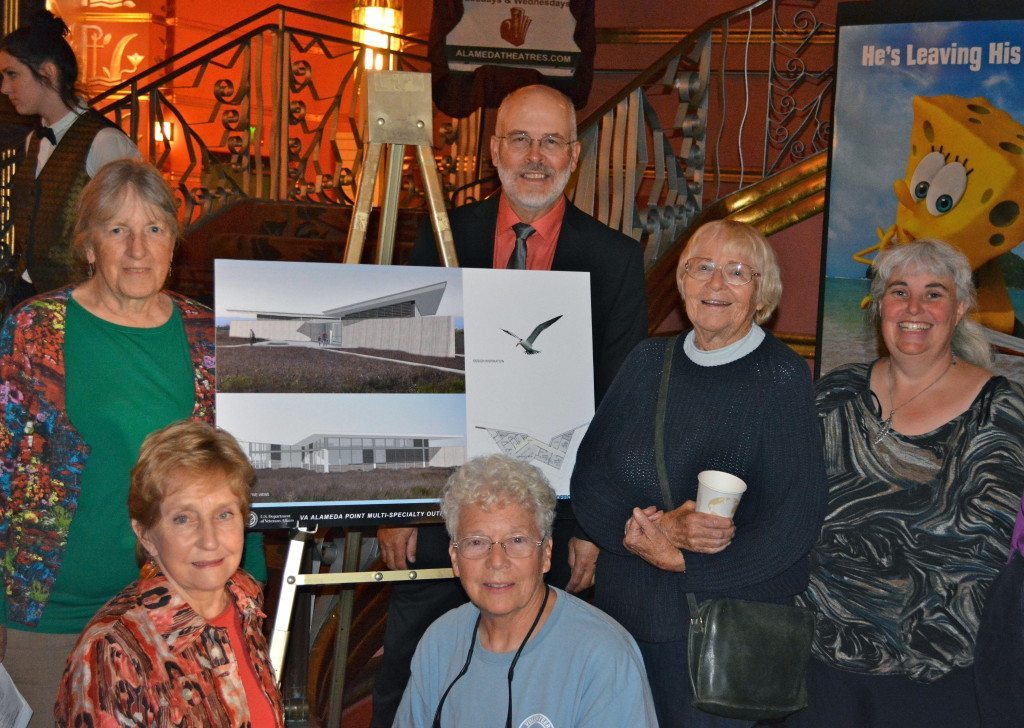Endangered Alameda terns get a secure home
By Richard Bangert
Alameda’s nesting colony of endangered California Least Terns has a new government landlord – and a secure home for the future.
After years of negotiations, the U.S. Navy transferred 624 acres of its former airfield at Alameda Point to the Department of Veterans Affairs (VA) on Monday, November 3.
The transfer includes the former airstrip that was adopted by Least Terns for nesting in the 1970s and that has become the most productive breeding site in California for that species. More than 500 acres – including the area used by the terns – will be preserved as a wildlife reserve.
Golden Gate Bird Alliance and its Friends of the Alameda Wildlife Reserve committee have advocated for decades to protect the terns, whose total population as a species stood at only about 600 pairs in the mid-1970s.
GGBA Executive Director Cindy Margulis congratulated the VA on the transfer and said she looked forward to working together on wildlife protection.
“Locating this state-of-the-art care facility next to this vital permanent wildlife sanctuary containing endangered species calls for all of us to be creative, resourceful, and cooperative,” Margulis said. “This site evokes the spirit of America the Beautiful and should be a very special place for those who serve our country and also steward its natural resources.”



The VA plans to construct an outpatient clinic that includes ambulatory surgical care, an office to assist veterans in obtaining benefits, and a national cemetery. The design phase of the $208 million project is expected to be completed in the spring of 2015, with subsequent phases dependent upon Congressional budget authorizations.
Kimberly Ostrowski, the Navy’s keynote speaker at the transfer ceremony, noted that the project faced significant hurdles over the past decade — one of which was the proximity of the VA facilities to the terns’ nesting site. That ultimately led to moving the clinic further away from the nesting area. Master of Ceremonies Dr. Ronald Chun, manager of the Oakland VA clinic, acknowledged the terns’ partnership in the VA’s future by bringing a model of a Least Tern to the podium.

From the beginning, Golden Gate Bird Alliance was instrumental in ensuring that 512 acres of the VA’s airfield property would be preserved as undeveloped habitat for the endangered Least Terns and other bird species.
Following the 1993 Congressional announcement that the Alameda Naval Air Station would be closed, GGBA co-hosted a 1994 symposium on the biological resources of the air station with the College of Alameda. The symposium included presenters from the U.S. Fish & Wildlife Service (FWS), Golden Gate Bird Alliance, and experts on the recovery effort for the Least Tern.
The upshot of the symposium was the 1999 draft plan for an Alameda National Wildlife Refuge. The FWS had been managing the tern colony for the Navy and seemed a logical agency to assume ownership of the site. By 2003, however, talks between the Navy and FWS had reached an impasse and the Navy began entertaining other options.
GGBA opposed both the VA’s original proposal and a second downsized proposal, due to proximity to the tern nesting site. Then a compromise agreement was reached in 2012 between the VA, Navy, FWS, and City of Alameda that moved the location of the clinic northward onto property previously destined to become city property.

An October 11, 2012 letter to the Navy and the VA signed jointly by GGBA and the Sierra Club argued for a comprehensive view of the habitat values of the VA’s undeveloped area. For instance, Burrowing Owls – a California species of special concern — have become regular inhabitants of the area in the winter when the terms are gone.
The letter criticized the updated 2012 Biological Opinion (BO) for Alameda Point, saying:
“The BO focuses primarily on activities on the Refuge during the tern breeding season and does not substantially discuss activities during the non-breeding season that may affect the local environment and result in negative consequences to the terns when they return. Moreover, the BO concentrates only on the terns while not addressing impacts to other ecological values of the Refuge.”
The VA’s compromise plan originally included allowing emergency preparedness training on their undeveloped section of Alameda Point during the non-nesting season. But in response to critics including GGBA, the emergency training provision was removed from the nature reserve area and training will now occur only on the developed portion of the VA property approximately every 14 months.
The VA’s Final Environmental Assessment incorporates the more sensitive environmental outlook advocated by GGBA, the Sierra Club, and others.
“The remainder of the 512 acres of the Transfer Parcel will remain as a preserve for the California Least Tern or open space, with no plan for development, and will be available to wildlife for future generations,” states the VA in their Final Environmental Assessment.
Another result of GGBA’s long-term advocacy over Alameda Point is a new Conservation Management Office that will be constructed near the entrance to the VA property. The wing-like structure will house offices for FWS and the East Bay Regional Park District, and will include a public meeting room for environmental education programs and volunteer activities. The VA will also refurbish the existing FWS office near the Least Tern nesting area.


The VA will provide an easement for construction of the Bay Trail by the city or the park district. Much of the trail surface for the Bay Trail is already in place around the southwest wetland area. The VA will add a road to the western shoreline, terminating at a parking lot and viewing area.
Meanwhile, FWS will continue its conscientious management of the tern breeding site. This year was a successful breeding season for Alameda’s Least Tern population. It also was a welcome success for another species of tern – Caspian Terns.
The Navy had added a soil cover and undertaken wetland restoration at the reserve, a process that was completed in 2013. In the spring of 2014, dozens of Caspian Terns were observed nesting on an island in the wetland, an encouraging sign of conservation success.
“The last time Caspian Terns were seen in that area nesting was in 1999, when only one nest was detected,” said Alameda Point bird surveyor and GGBA member Leora Feeney.
At the Nov. 3 transfer ceremony for the site – attended by federal and local officials and GGBA activists – U.S. Representative Barbara Lee praised the project as long overdue. VA representatives highlighted the agency’s commitment to overcoming past shortcomings and delivering first-class care for military veterans.
With continued cooperation between the VA, FWS, and GGBA, prospects are good that Alameda Point will also continue to be first-class habitat for California Least Terns and other birds.
——————————–
Richard Bangert writes the Alameda Point Environmental Report blog, which provides ongoing coverage of wildlife and environmental issues at Alameda Point. His last post for Golden Gate Birder was about Ospreys nesting at Alameda Point.
